Defense Secretary Lloyd Austin visited Ukraine on Monday, in a show of solidarity with Kyiv just two weeks ahead of a U.S. presidential election that is casting uncertainty over the future of Western support.
Austin’s trip, his fourth and likely final visit as President Joe Biden’s Pentagon chief, will include in-depth discussions about U.S. efforts to help Kyiv shore up its defenses as Russian forces gain ground in eastern Ukraine.
But it is not expected to include any new agreement to some of Ukrainian President Volodymyr Zelenskyy’s biggest requests, such as lifting Washington’s restrictions on using U.S.-supplied weapons to hit targets far beyond Ukraine’s borders.
As Biden’s administration winds down, Austin signalled continuity in U.S. support.
“We’re going to continue to support Ukraine in its efforts to defend its sovereign territory,” Austin told reporters travelling with him to Ukraine.
“We’ve watched this fight evolve over time. And each time that it does evolve, we have risen to the occasion to meet (Ukraine’s) needs to make sure that they were effective on the battlefield.”
As Austin stepped off the train in Kyiv after an overnight journey from Poland, Ukrainian officials reported new Russian attacks on the Ukrainian capital, with several waves of drones for the second night in a row, damaging residential buildings and injuring at least one civilian.
Austin’s visit comes ahead of the Nov. 5 presidential vote, in which former President Donald Trump, the Republican candidate, is seeking re-election in a close race against Vice President Kamala Harris, the Democratic candidate.
Trump has signaled he would be more reluctant than Biden to continue to support Ukraine, which could deprive Kyiv of its biggest military and financial backer.
Austin played down such concerns.
“I’ve seen bipartisan support for Ukraine over the last 2-1/2 years, and I fully expect that we’ll continue to see the bipartisan support from Congress,” he said.
The retired four star general has been one of Ukraine’s staunchest advocates, building a coalition of dozens of nations which has supplied Kyiv with weaponry that has helped it deal heavy blows to Russian forces.
But Russian President Vladimir Putin seems content to invest more and more forces in a costly advance in eastern Ukraine’s Donbas region, which Moscow claims as its own territory.
In recent weeks, Russia has surrounded towns in the Donetsk region and then slowly constricted them until Ukrainian units are forced to withdraw.
“It’s a very tough fight and it’s a tough slog,” Austin said.
Meanwhile, Kyiv has been seeking to keep its war in focus in the West, even as the expanding conflicts in the Middle East grab the international spotlight.
Zelenskyy last met Austin last Thursday at NATO headquarters in Brussels, where he pitched his “victory plan.” He received pledges of continued support but no endorsement from key allies of his call for an immediate NATO-membership invitation.
Asked on Friday in Brussels about the victory plan, Austin said: “It’s not my position to evaluate publicly his plan.”
Kyiv may need to start making tough decisions about how to employ its stretched fighting forces, including whether it will hold onto territory Kyiv seized in Russia’s Kursk region in a surprise offensive this summer, experts say.
The Kursk offensive caught Austin and the U.S. government off-guard. Kyiv hoped it would wrest the battlefield initiative from Russia, including by diverting Moscow’s forces from the eastern front.
But Putin has remained focused on seizing the key city of Pokrovsk in eastern Ukraine, which is an important logistics hub for Kyiv’s war effort.
Even with billions of dollars worth of U.S. military support, including the provision of F-16 fighter jets, Abrams tanks and more, Ukraine faces a tough fight ahead.
Reuters
Reuters

 1 mese fa
29
1 mese fa
29
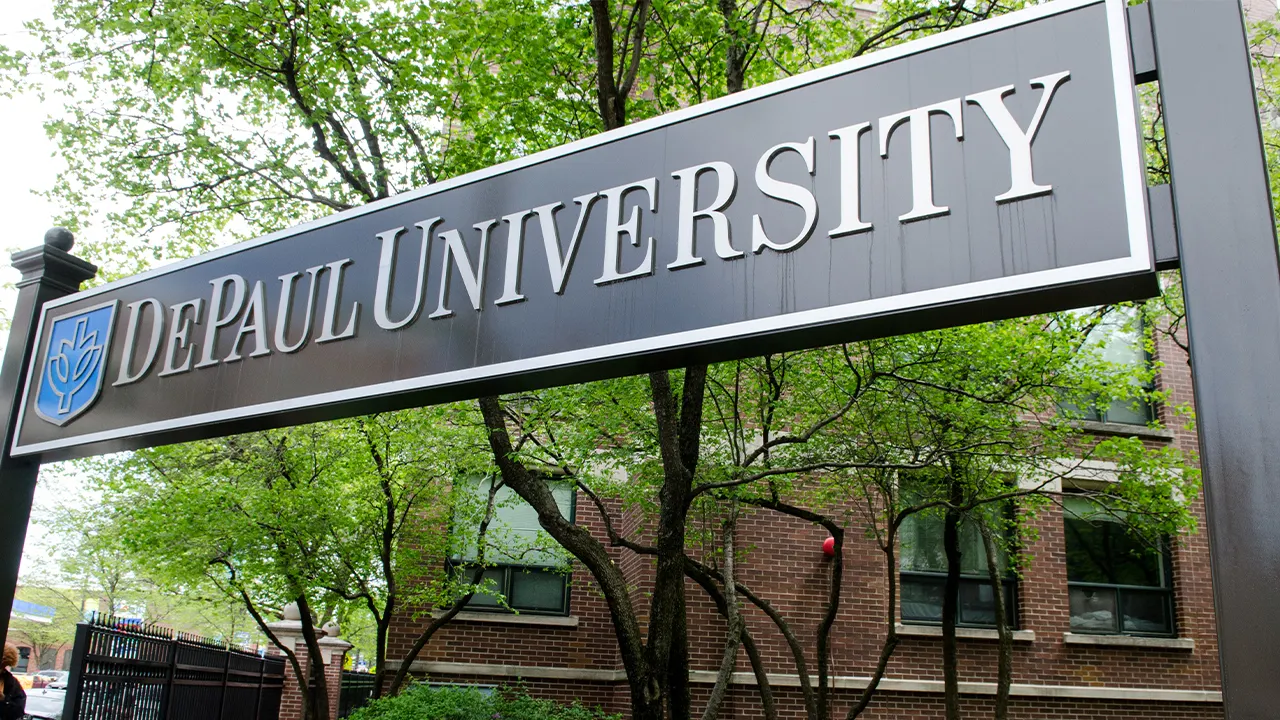

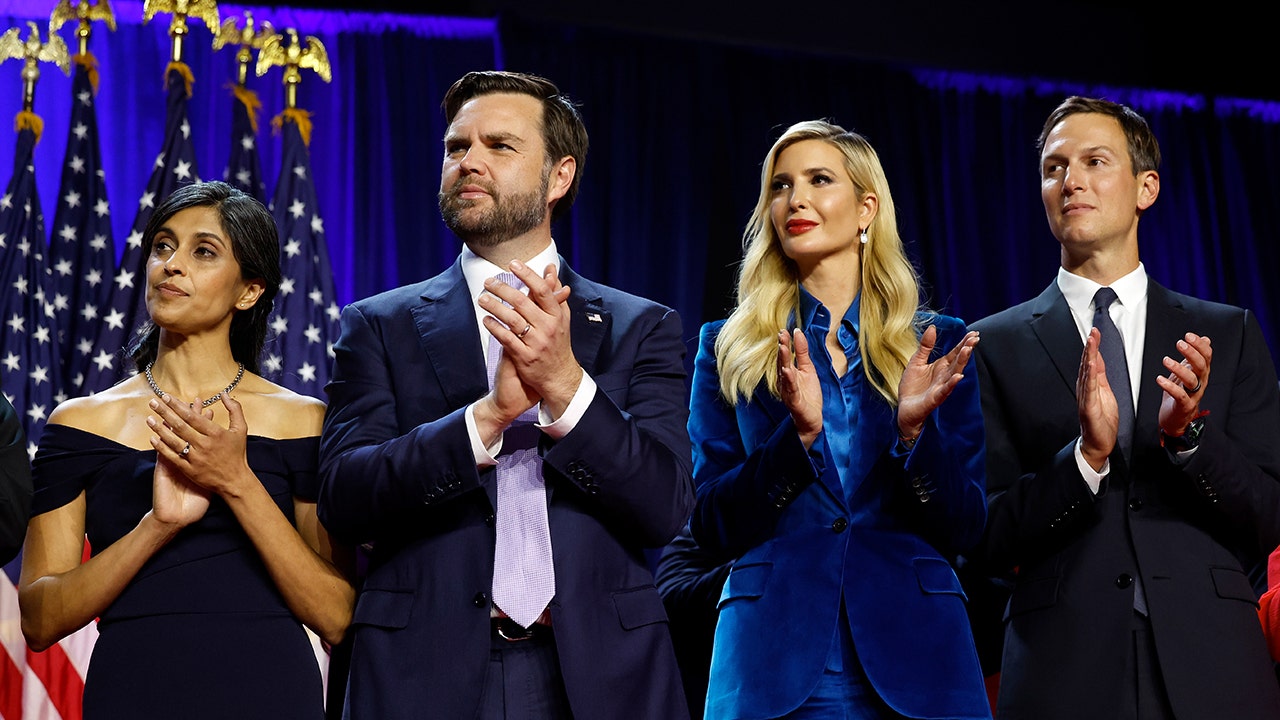


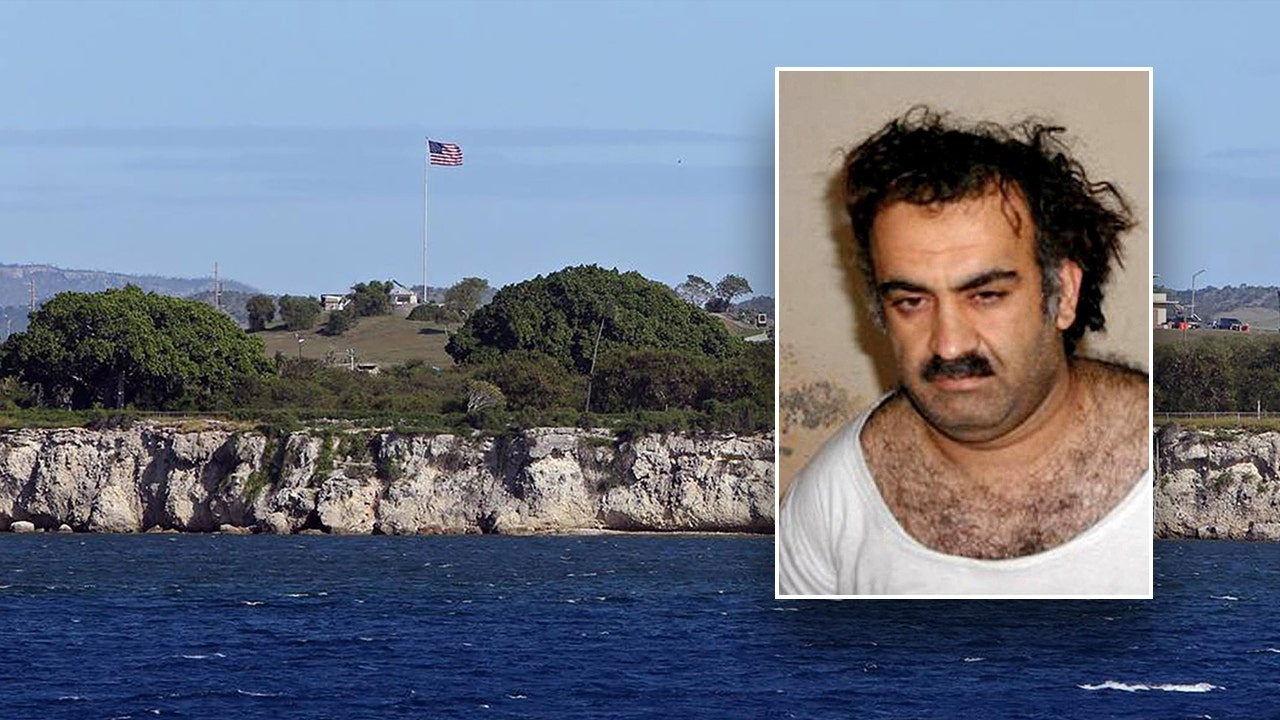
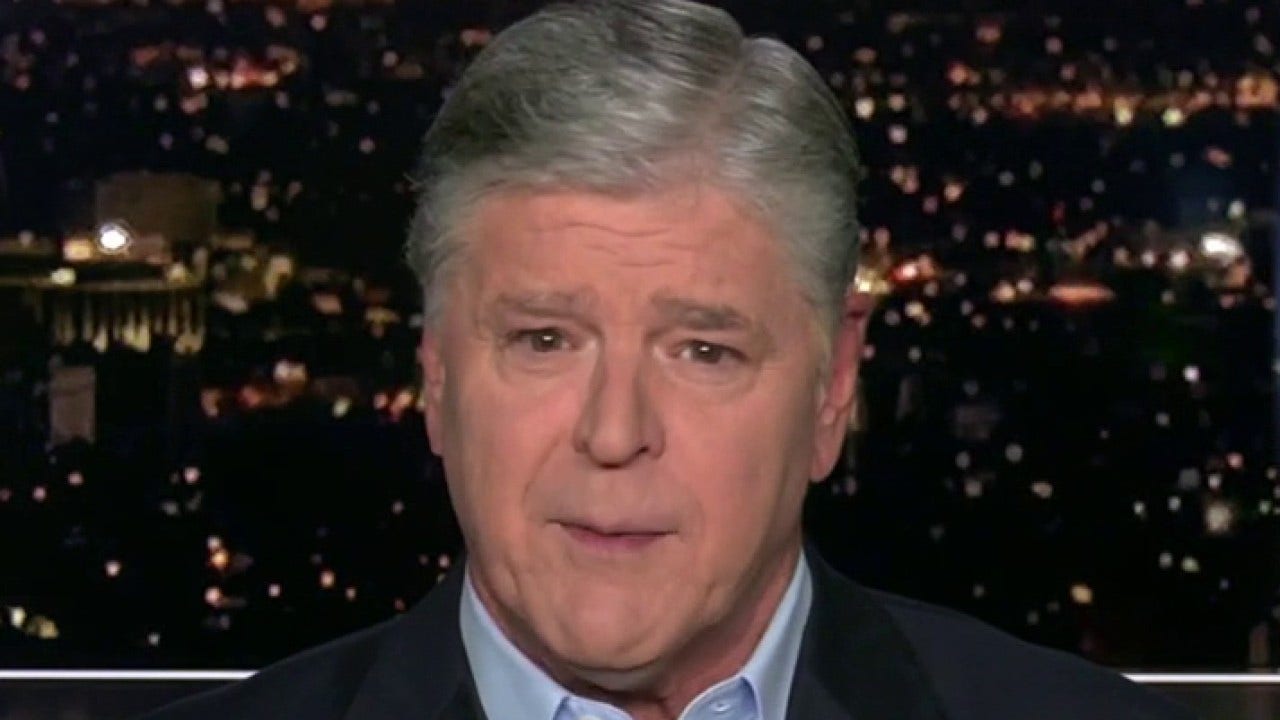
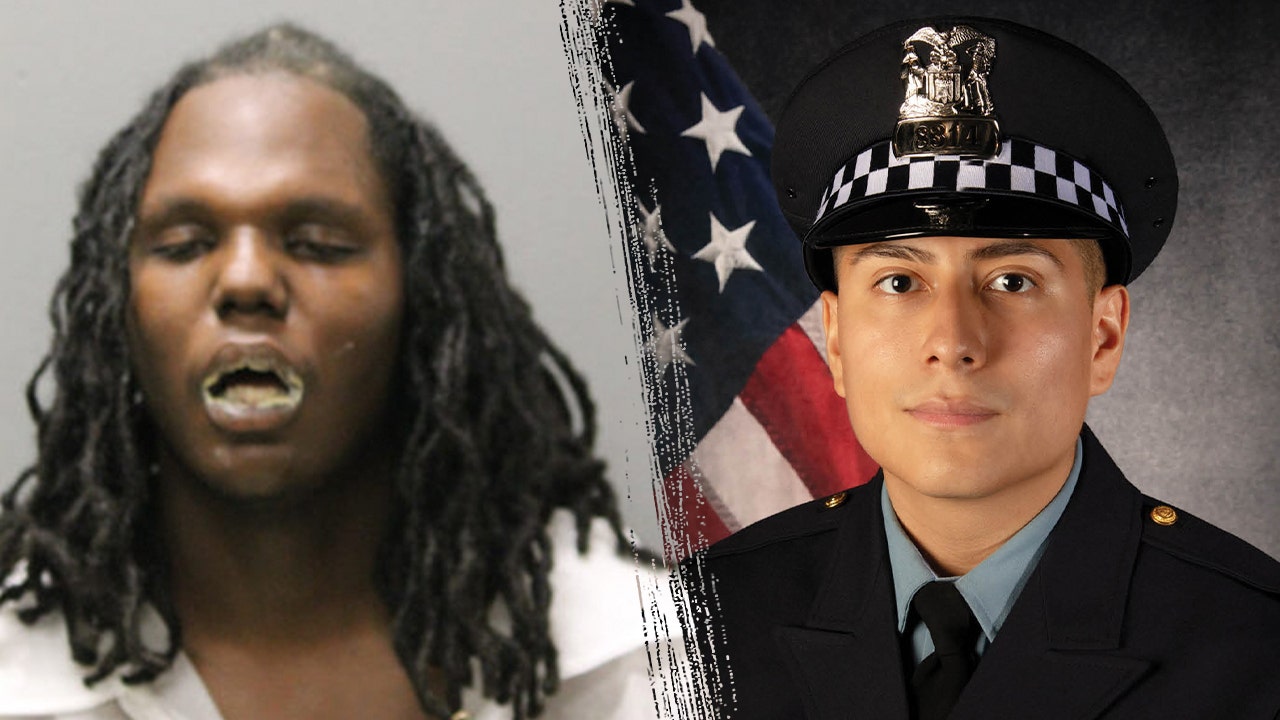
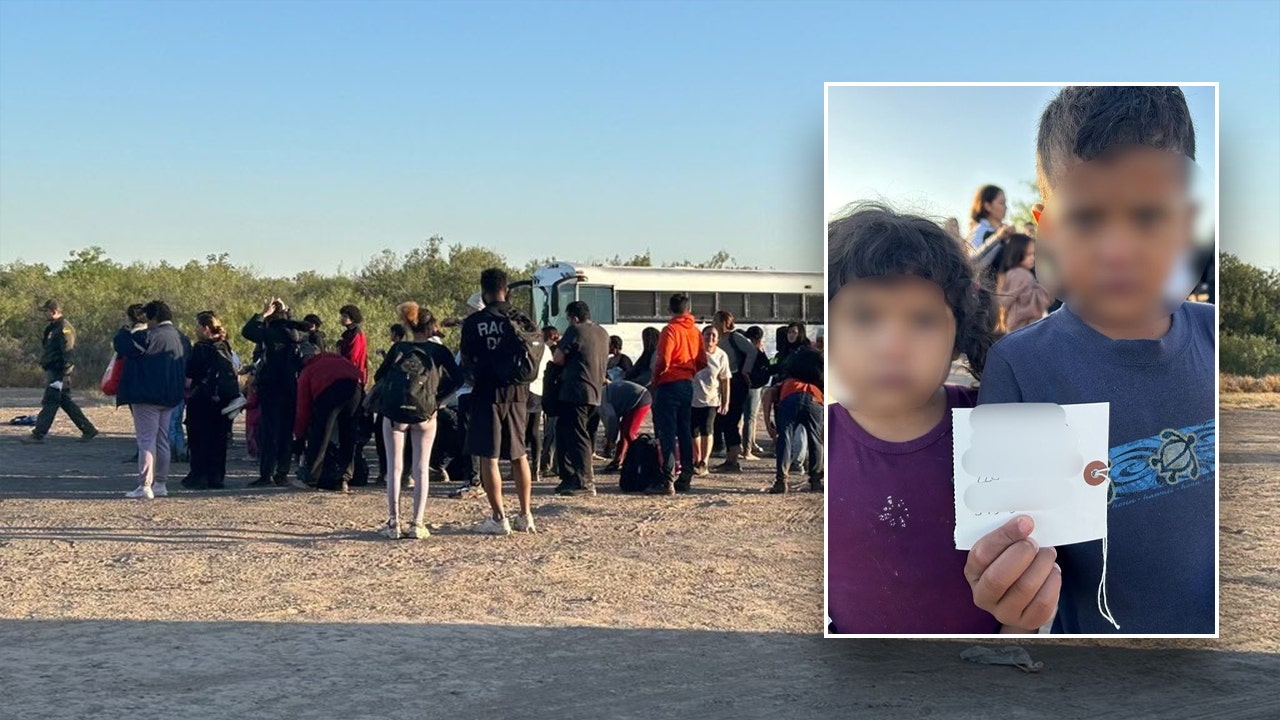

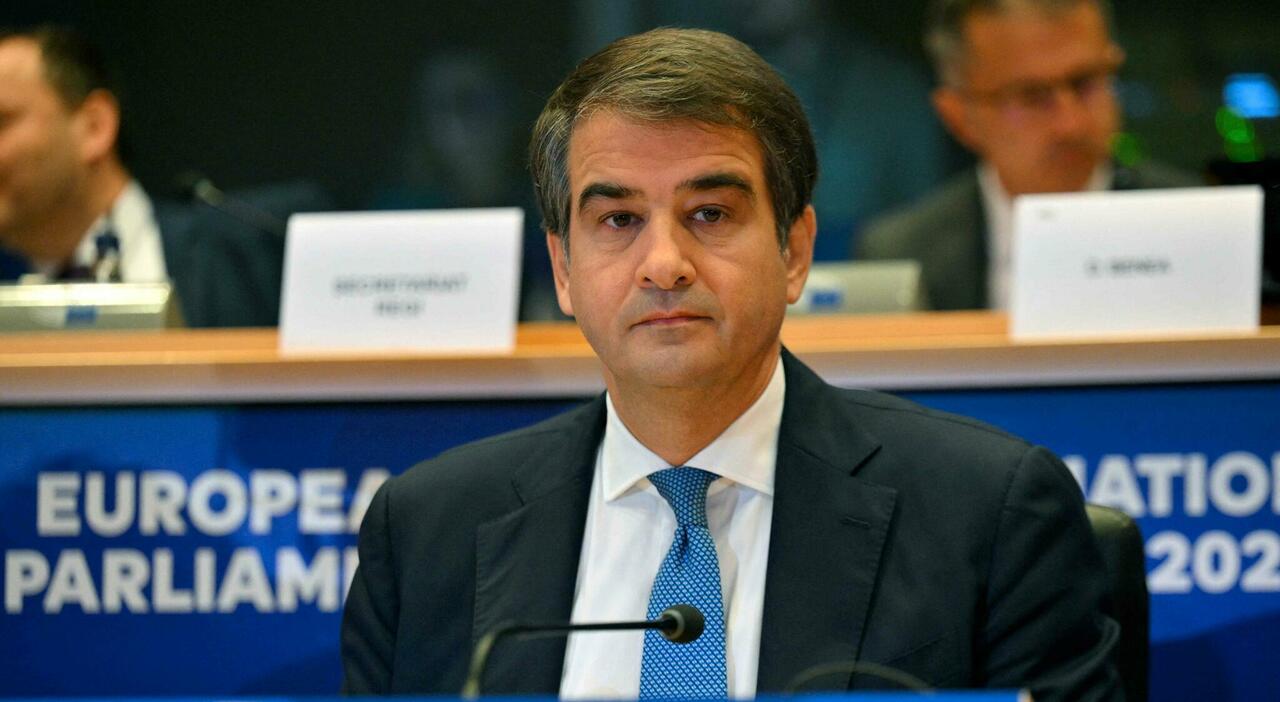




 English (US) ·
English (US) ·